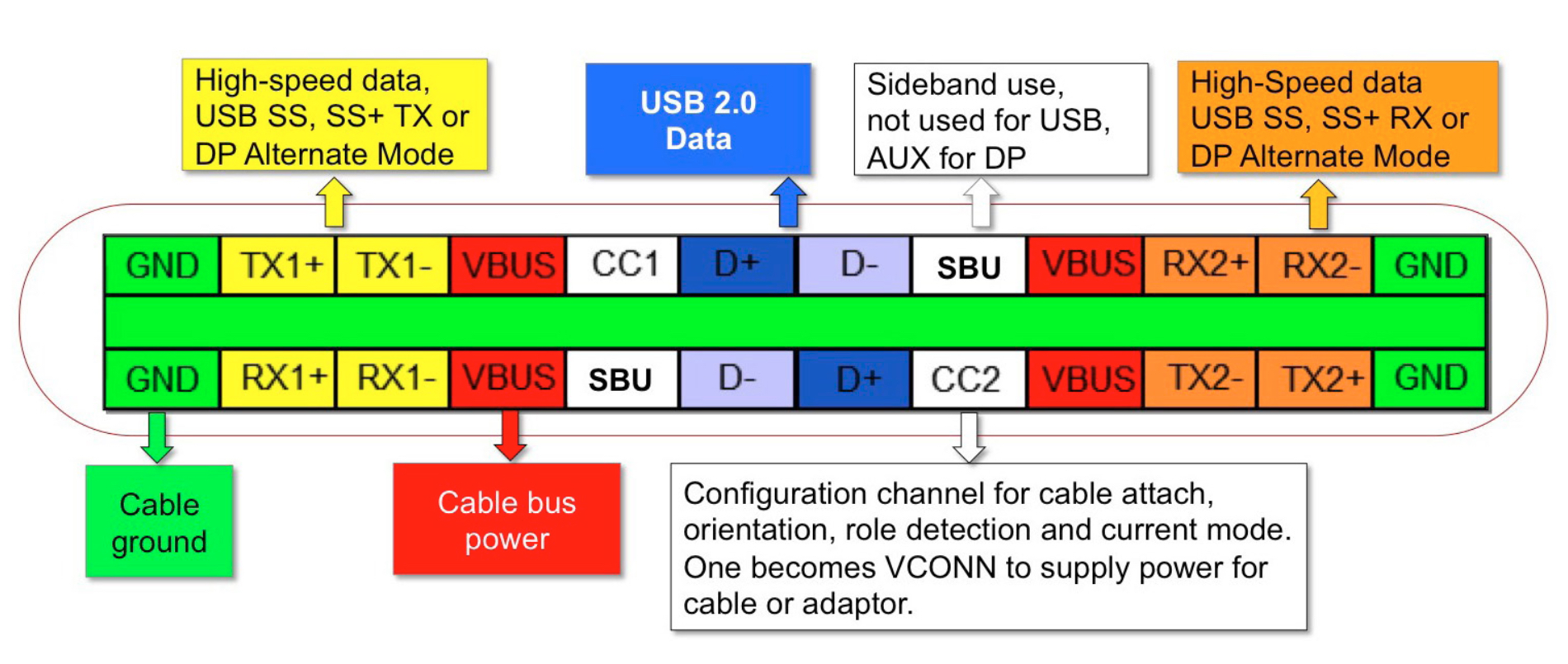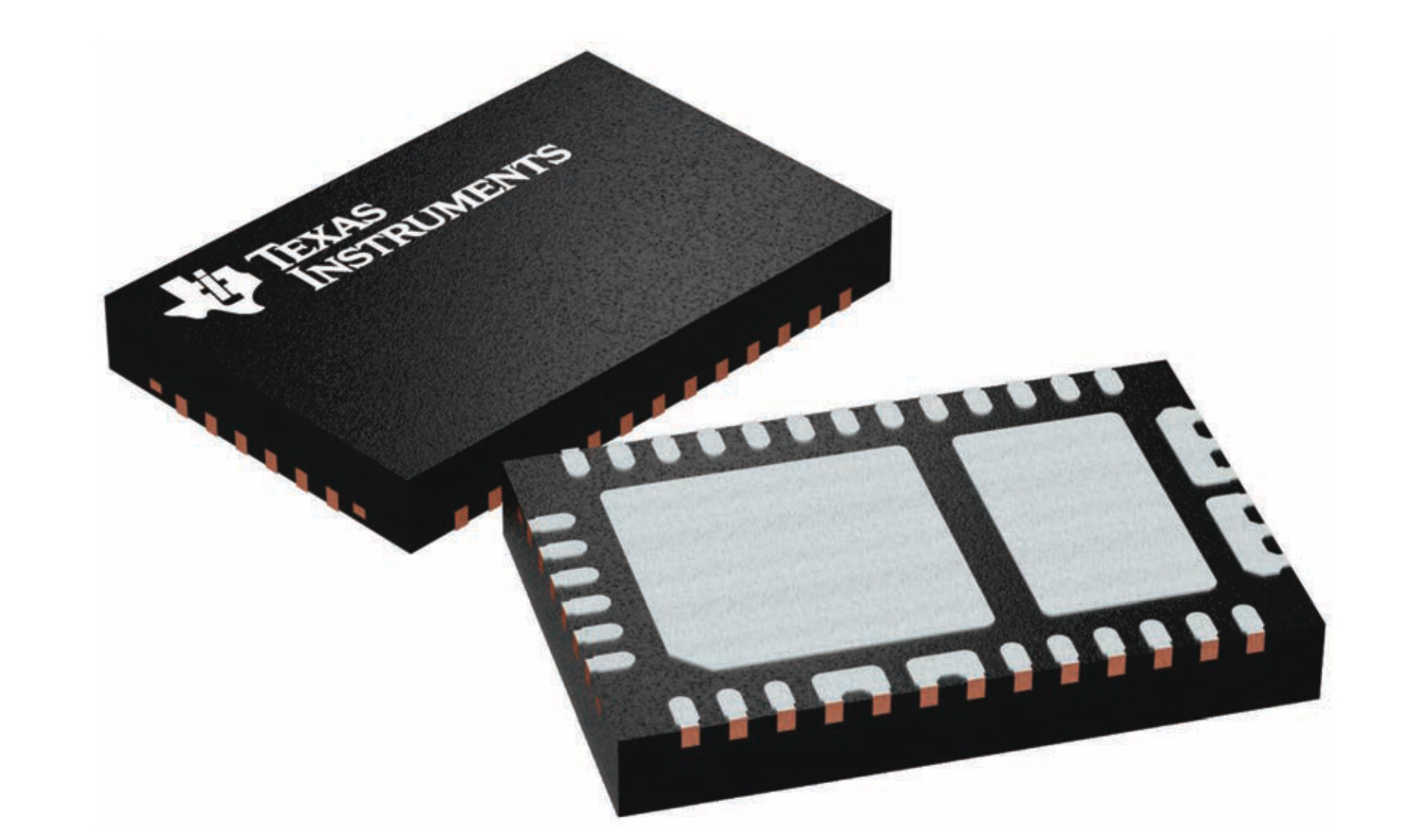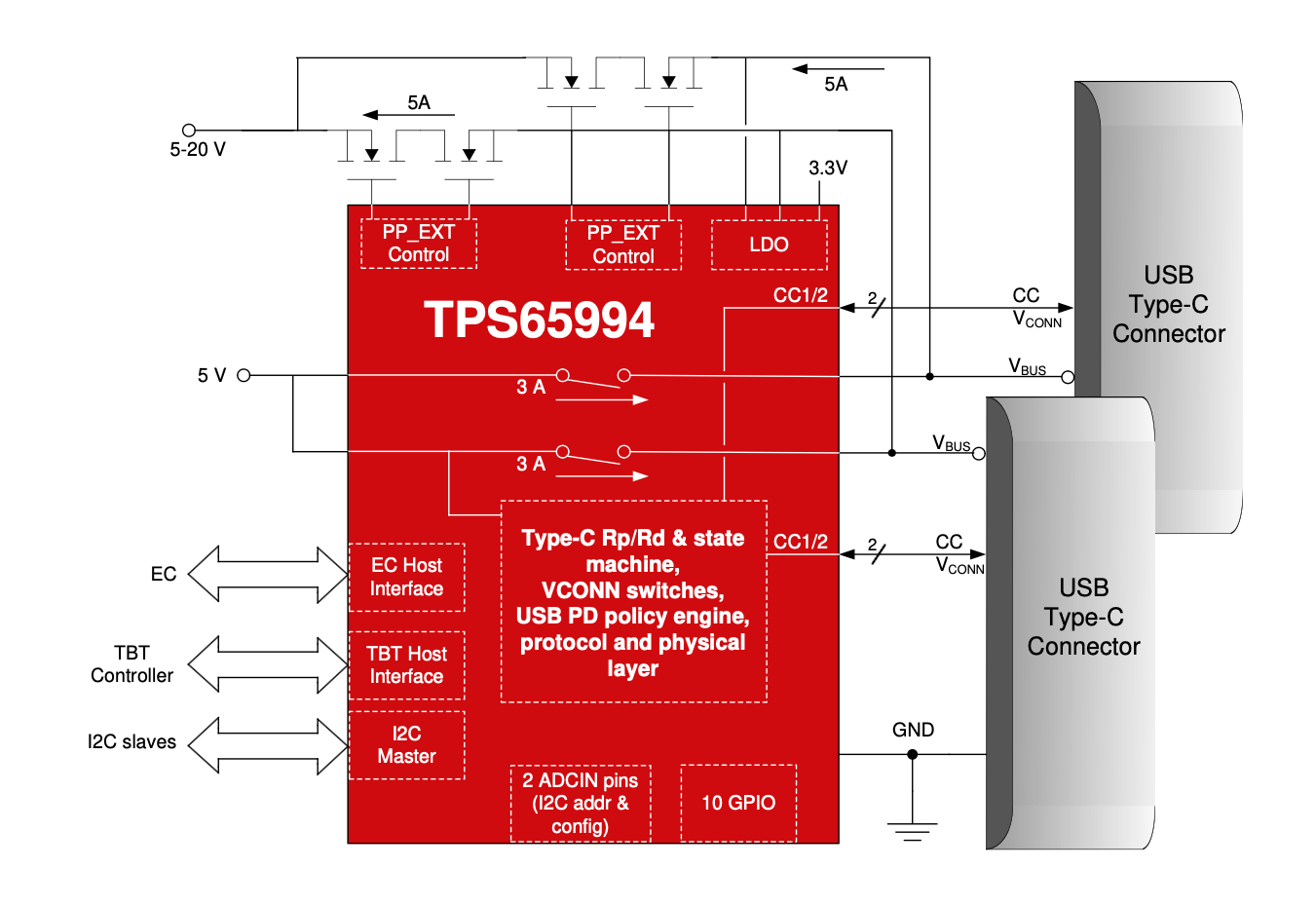Navigating the world of USB-C
As portable electronics expanded in the consumer and industrial markets, so did the number of connectors. Multiple Universal Serial Bus (USB) standards, combined with proprietary connectors from manufacturers, resulted in a variety of incompatible cables, all of which fulfilled similar functions. There has been a background effort from the European Union as well as some industry leaders to move to a single unified solution to simplify the situation, improve user experience, and cut costs and waste.
Mark Patrick, Director of Technical Content for EMEA at Mouser Electronics further explores.
Many see USB Type-C (USB-C) as the first all-encompassing connector solution capable of meeting the demands of devices ranging from mobile phones and tablets to Ultrabooks and consumer electronics such as speakers and toothbrushes. Whether a design requires data transfer connection, low or high-power charging, or alternative modes like audio and video output, USB-C can provide them all.
Where the burden of cable complication has been removed from the end-user, it has added some complication to the design process. For designers already familiar with USB-C and those transitioning to the standard, paramount is access to a wide range of solutions that simplify the design process and speed system integration while covering the power delivery requirements, data rates, and alternative modes of their specific designs.
The unification of connectors
As more devices came onto the market, many used connectors that suited the manufacturer. In some cases, these were standard, although some were proprietary. In many cases, and especially with larger devices such as laptops, the connectors for data and power were entirely different, each requiring a separate socket and cable.
From a consumer perspective, it was inconvenient to have to carry multiple chargers and cables, especially while travelling. As devices were upgraded, the connector type often changed (from mini-USB to micro-USB, for example) meaning that millions of cables and chargers went into landfill every year.
As devices reduced in size and increased in performance, more power (to charge faster) and greater data throughput were required. This led the USB Implementers Forum to create the USB-C standard, which met these needs for current devices.

Figure 1: The USB standard has evolved over time to meet changing needs of users and devices (Source: Texas Instruments)
USB-C relates to the mechanical design of the connector as data communications are stipulated in USB 3.x and USB 4.0 standards as well as protocols such as Thunderbolt. The USB-C connector is 60% smaller than earlier USB-A connectors; despite this size, it contains more conductors as well as higher voltage and current ratings and improved bandwidth.

Figure 2: The USB-C connector includes many more conductors than previous generations (Source: Texas Instruments)
USB-C introduced a symmetrical design that, unlike previous USB generations, ensures correct mating every time. This eliminates damage due to heavy-handed mis-insertion. Furthermore, the connectors have been tested up to 10,000 insertions, which is significantly more durable than a USB-A connector. With this level of durability, cables can be used for longer periods of time, dramatically reducing the numbers sent to landfills.
USB-C Power Delivery (PD) and alternative modes
The USB-C design has allowed further capabilities to be added to the USB interface, including the ability to deliver power, video, and audio.
USB Power Delivery (USB PD) extends the data capabilities of the USB interface to allow power and data to be delivered along the same cable, at the same time. In common with other standards, USB PD has evolved over time to keep pace with the changing needs of technology. In 2021, revision 3.1 was announced,increasing the available power from 100 to 240W. At the same time, new voltages of 28, 36, and 48V were announced, adding to the 5, 9, 15, and 20V that were available in earlier versions.
Another key change with this revision was making the power transfer bidirectional, so that energy can be shared within a USB system to satisfy short-term peak demands. For example, a device that receives power from a USB hub can return power to the hub while an HDD is drawing significant power as it spins up.
With this increase in power, more devices can benefit from USB PD, including large laptops that require more than 100W. A wall-powered monitor can now provide power to the laptop while receiving video data along the same USB cable.
USB-C is not restricted solely to data that is compliant with the USB protocol. The USB-C Alt (alternative) Mode allows for other protocols – including DisplayPort – to be transferred over a USB-C connection. This allows the connection of video sources (e.g., computers, Blu-ray disc players) to suitable displays, such as TVs, monitors, and projectors. Similarly, the Thunderbolt interface can use Alt Mode to operate via a USB interface.
Not all USB-C ports feature USB-C DisplayPort functionality, as the connector is identical and there is no requirement to label the socket as such. The difference is determined by the chipset that is used within the device(s). Therefore, checking the specification is the only way to ensure functionality.
USB-C is a very versatile interface capable of operating with high data transfer rates for USB. It can also be connected in either orientation, carry up to 240W of power, and act as a host for other high-speed protocols. While this brings great benefits for the user, it also causes some challenges for designers. The smaller connector can increase packaging constraints, and the 0.5mm pin pitch raises the risk of short circuits compared to the 2.5mm pin pitch of USB Type-A connectors. Furthermore, whilst the widespread adoption of a singular physical interface enables users to connect countless devices with differing hardware, software, and system voltage to each other, it also allows connection to incorrect power supplies. Engineers overcome these challenges by combining various discrete port protection circuits, but this approach can be time consuming and increases board space and complexity for the system.
TI’s USB-C range
Texas Instruments (TI) offers a comprehensive range of products for USB Type-C, covering additional functionality such as USB PD and Alt Mode. With multiple options and device types available with high levels of integration, designers can quickly and easily implement feature-rich products that are compliant with the latest USB standards.
TI's TPS25750 USB Type-C & PD controller integrates fully managed power paths with robust protection for a complete USB-C PD solution. Protections include reverse current, overvoltage, undervoltage, inrush current, and slew rate control. The CC pins are tolerant up to 26V to protect against non-compliant devices.

Figure 3: TI’s TPS25750 is one of many highly integrated USB Type-C solutions with integrated PD capability. (Source: Mouser Electronics)
The highly integrated TPS25750 also includes circuitry to control external battery charger ICs via I2C, thereby simplifying the design process. As a fully stand-alone solution, there is no external microcontroller or firmware development required to implement a fully functioning USB-C solution.
For more sophisticated applications, the TPS65994AE Dual Port USB-C & PD controller provides cable plug and orientation detection for two USB Type-C connectors when a cable is attached. The device also supports USB DisplayPort via Alt Mode, so when cable detection and USB PD negotiation are complete, the controller facilitates the power path and configures Alt Mode settings for external multiplexers.
The TPS65994 offers two 5V, 3A, 29mΩ sourcing switches with adjustable current limiting. For applications requiring higher voltage capability, theTPS65988DK USB Type-C & PD controller includes a pair of 5V–20V, 5A bidirectional switches with current limiting up to 10A.

Figure 4: The TPS65994 allows designers to create dual USB Type-C solutions with ease. (Source: Mouser Electronics)
For all TI’s USB-C PD solutions, their intuitive web-based graphical user interface (GUI) collects basic information on the application's needs using clear block diagrams and simple multiple-choice questions. Based upon this, the GUI then creates a configuration image for the specific application, reducing the complexity associated with alternative USB PD solutions.
TI’s comprehensive suite of USB-C solutions extends beyond the highly integrated controllers to include peripheral devices such as their USB-PD-CHG-EVM-01 PD and charging evaluation module (EVM). This is used to evaluate the TPS25750 and BQ25792 devices. The BQ25792 is an integrated switched-mode buck-boost battery charge management device, intended for 1- to 4-series cell Li-ion and Li-polymer batteries from 3.6V–24V input.
Many other devices within the TI range are also valuable in developing USB-C applications, such as the TVS2200 Flat-Clamp Surge Protection Device, which is used to suppress transients on the USB lines.
Conclusion
USB has evolved significantly to the latest USB Type-C, which delivers a simple unified connection with significant additional functionality including PD and Alt Mode. Driven by a technical need and EU legislation, USB-C is becoming the de-facto standard for power and data connectivity in a majority of consumer and industrial applications.
Texas Instruments offers a comprehensive suite of highly integrated controllers with features and functionalities that will meet the needs of the most demanding applications, along with peripheral devices for battery control and transient suppression. Whether you are an experienced USB designer or transitioning into space, TI's support ecosystem will ensure a smooth design process.









